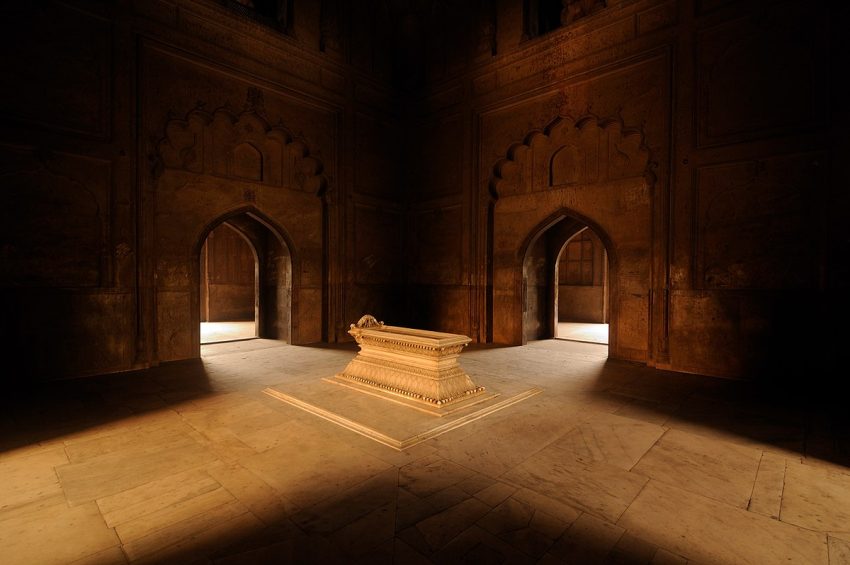Delhi, the vibrant heart of India, boasts a treasure trove of historical monuments that narrate tales of bygone eras. From the majestic forts of the Mughals to the serene temples and tombs, each monument holds a significant place in Delhi’s rich cultural landscape. Whether you’re a history buff, a curious traveler, or a local exploring your city anew, this guide will help you navigate the historical monuments of Delhi with ease and insight in 2024.
Importance of Historical Monuments in Delhi
Historical monuments in Delhi serve as windows into the city’s glorious past. They are not merely relics of architecture but living testaments to the various dynasties and civilizations that have shaped Delhi’s identity over centuries. These monuments stand as reminders of India’s cultural heritage and architectural prowess, drawing visitors from around the world to marvel at their grandeur and historical significance.
Essential Tips for the Trip
Visiting historical monuments in Delhi requires some preparation to make the most of your experience:
- Plan Your Itinerary: Research the monuments you wish to visit and plan your route accordingly, considering Delhi’s traffic and distances between sites.
- Check Timings: Be aware of the opening and closing times of each monument to optimize your visit.
- Entry Fees: Budget for entry fees, which vary for Indian and foreign tourists.
- Dress Comfortably: Wear comfortable footwear and clothing suitable for walking and exploring historical sites.
- Stay Hydrated: Carry water bottles, especially during warmer months, to stay refreshed.
- Respect Cultural Norms: Maintain decorum at religious sites and follow any specific guidelines for photography and behavior.
Timings, Entry Fees, and Locations
Here are the essential details for visiting the top historical monuments in Delhi:
Red Fort
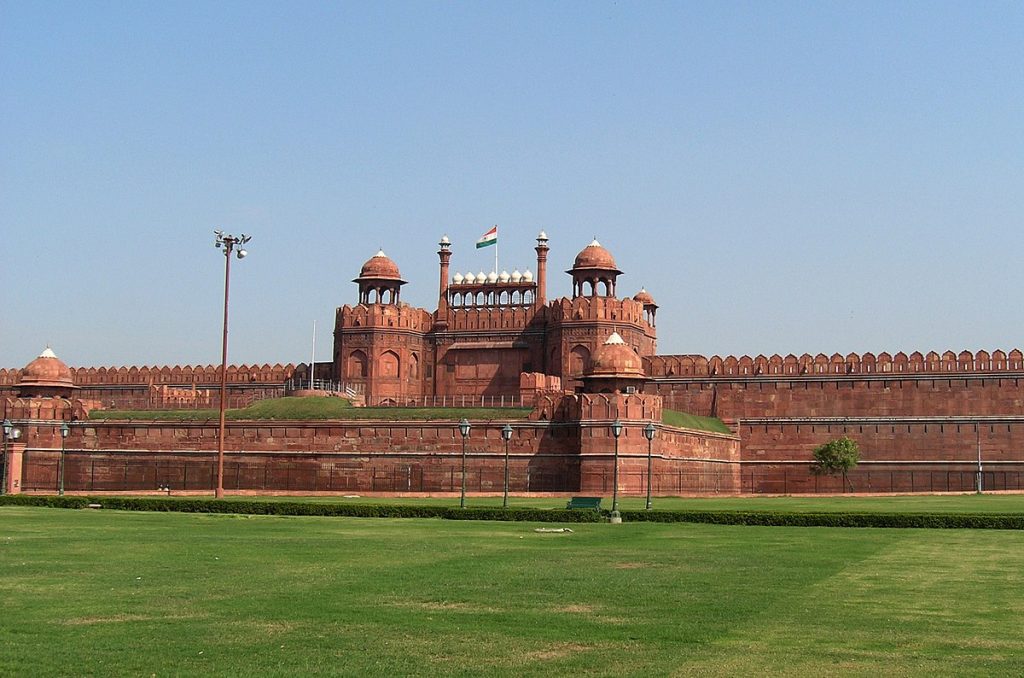
Built in 1638 by Mughal Emperor Shah Jahan, the Red Fort served as the main residence of the Mughal emperors for nearly 200 years. It is a UNESCO World Heritage Site and symbolizes India’s rich history and architectural brilliance. The fort is renowned for its massive walls and the annual Independence Day celebrations where the Prime Minister hoists the national flag.
Timings: Open Tuesday to Sunday, 9:30 AM to 4:30 PM
Entry Fee: Indians ₹50, Foreigners ₹250
Location: Netaji Subhash Marg, Chandni Chowk, New Delhi
Humayun’s Tomb
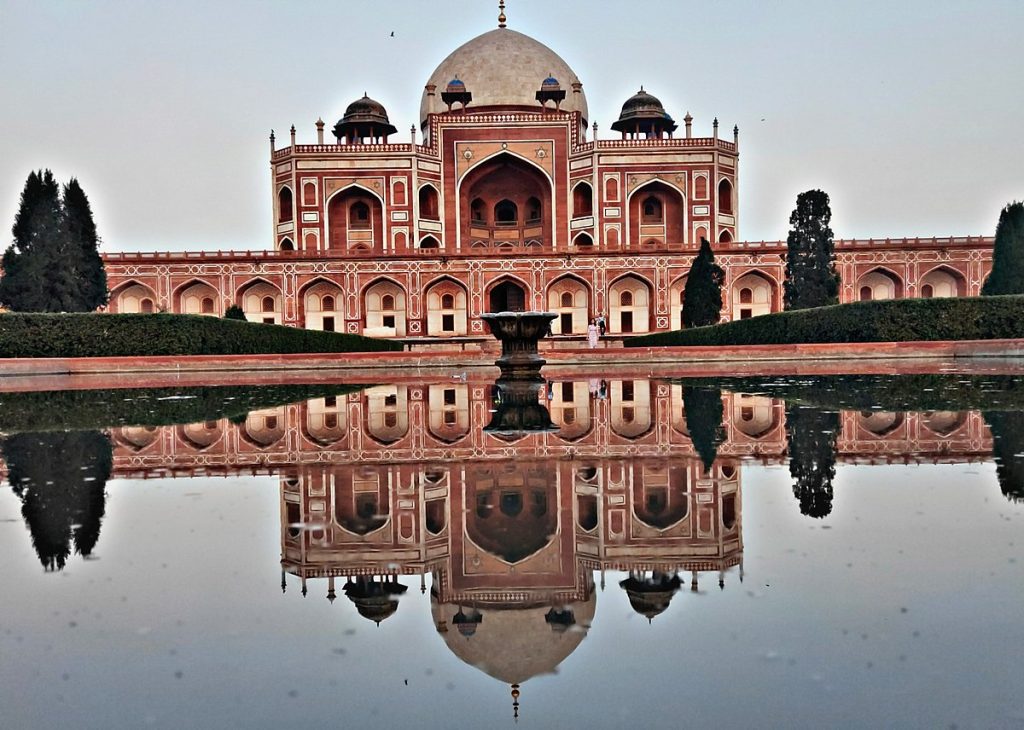
Constructed in 1570, Humayun’s Tomb is a UNESCO World Heritage Site and the first garden-tomb on the Indian subcontinent. Commissioned by Humayun’s widow, Empress Bega Begum, the tomb’s design inspired several major architectural innovations, culminating in the construction of the Taj Mahal. It showcases Mughal architecture with Persian influences.
Timings: Daily, Sunrise to Sunset
Entry Fee: Indians ₹40, Foreigners ₹600
Location: Mathura Road, Opposite Dargah, Nizamuddin, New Delhi
Qutub Minar

Built in 1193 by Qutb-ud-din Aibak, the Qutub Minar is the tallest brick minaret in the world, standing at 73 meters. This UNESCO World Heritage Site marks the beginning of Muslim rule in India and represents a masterpiece of Indo-Islamic Afghan architecture. The surrounding Qutub complex includes several other historical monuments.
Timings: Daily, Sunrise to Sunset
Entry Fee: Indians ₹40, Foreigners ₹600
Location: Mehrauli, New Delhi
Jantar Mantar
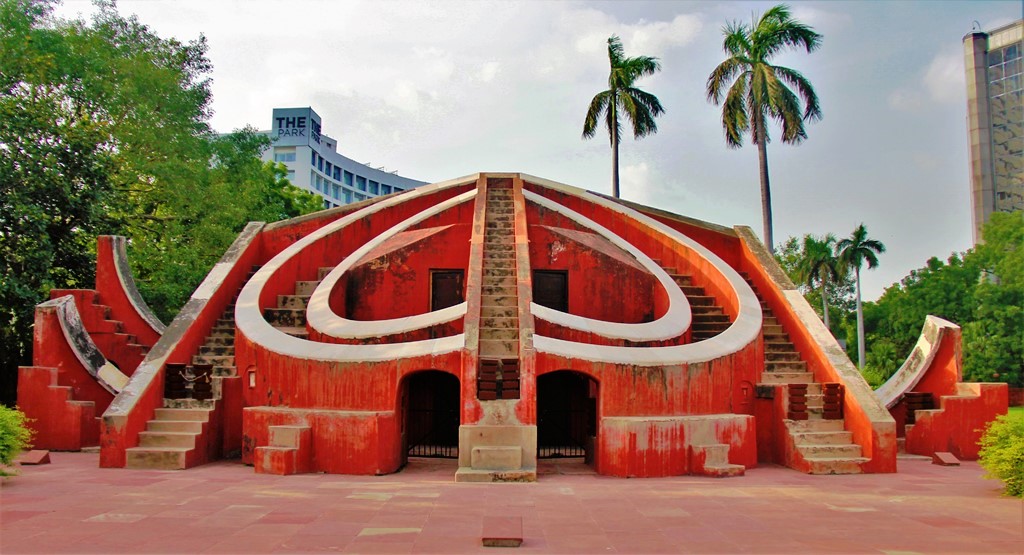
Constructed in 1724 by Maharaja Jai Singh II of Jaipur, Jantar Mantar is an astronomical observatory consisting of 13 architectural astronomy instruments. It was built to compile astronomical tables and to predict the times and movements of the sun, moon, and planets. This monument showcases the scientific advancements of the time.
Timings: Daily, Sunrise to Sunset
Entry Fee: Indians ₹15, Foreigners ₹200
Location: Sansad Marg, Connaught Place, New Delhi
Purana Qila
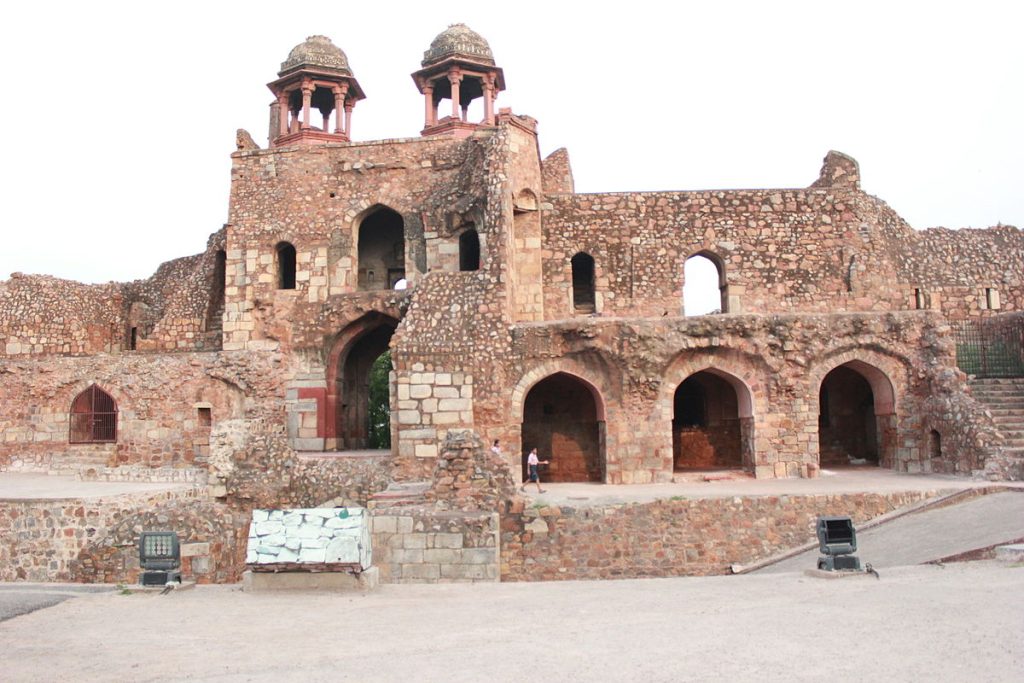
Also known as the Old Fort, Purana Qila was built by Mughal Emperor Humayun and later completed by Sher Shah Suri in the 16th century. The fort is one of the oldest in Delhi and has been the site of several ancient settlements. Its massive walls and three gateways are reminiscent of the medieval military architecture of North India.
Timings: Daily, 7:00 AM to 5:00 PM
Entry Fee: Indians ₹20, Foreigners ₹200
Location: Mathura Road, Near Delhi Zoo, New Delhi
Jama Masjid

Completed in 1656 by Mughal Emperor Shah Jahan, Jama Masjid is one of the largest mosques in India. Located in Old Delhi, it can accommodate over 25,000 worshippers. The mosque is an architectural marvel with its grand domes, towering minarets, and expansive courtyard, representing the zenith of Mughal architecture.
Timings: Daily, 7:00 AM to 12:00 PM and 1:30 PM to 6:30 PM
Entry Fee: Free, Camera Fee ₹300
Location: Chandni Chowk, New Delhi
Agrasen Ki Baoli
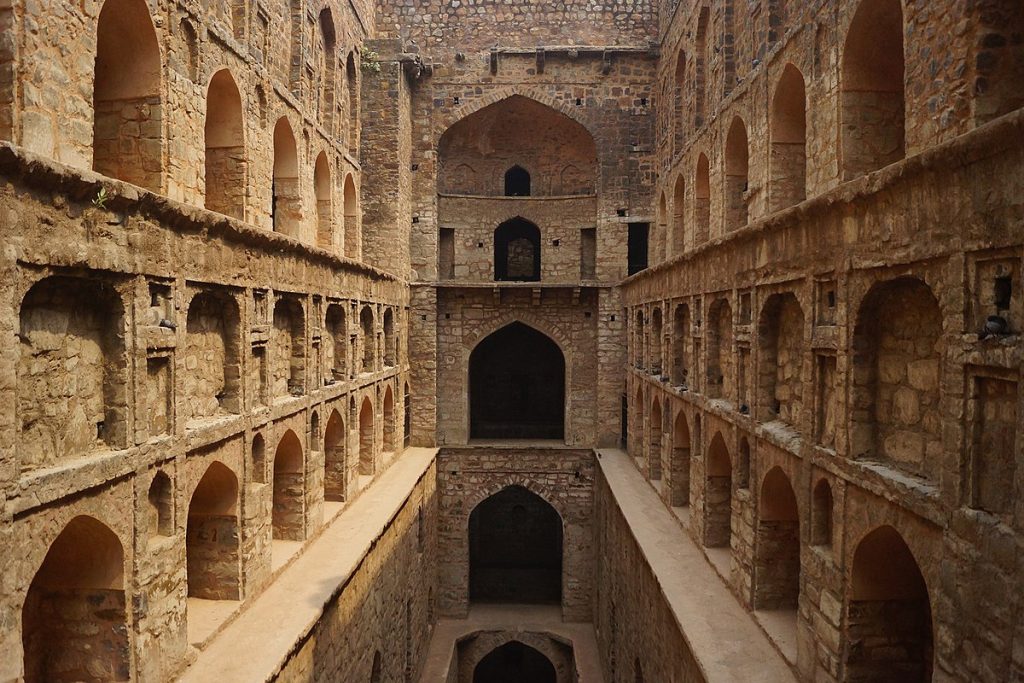
Believed to have been built during the 14th century by the legendary king Agrasen, Agrasen Ki Baoli is a historic stepwell located near Connaught Place. It was reconstructed in the 14th century by the Agrawal community. The stepwell is known for its unique architecture and eerie ambiance, offering a glimpse into the water conservation methods of ancient India.
Timings: Daily, 9:00 AM to 5:00 PM
Entry Fee: Free
Location: Hailey Road, Near Connaught Place, New Delhi
Lodhi Tomb
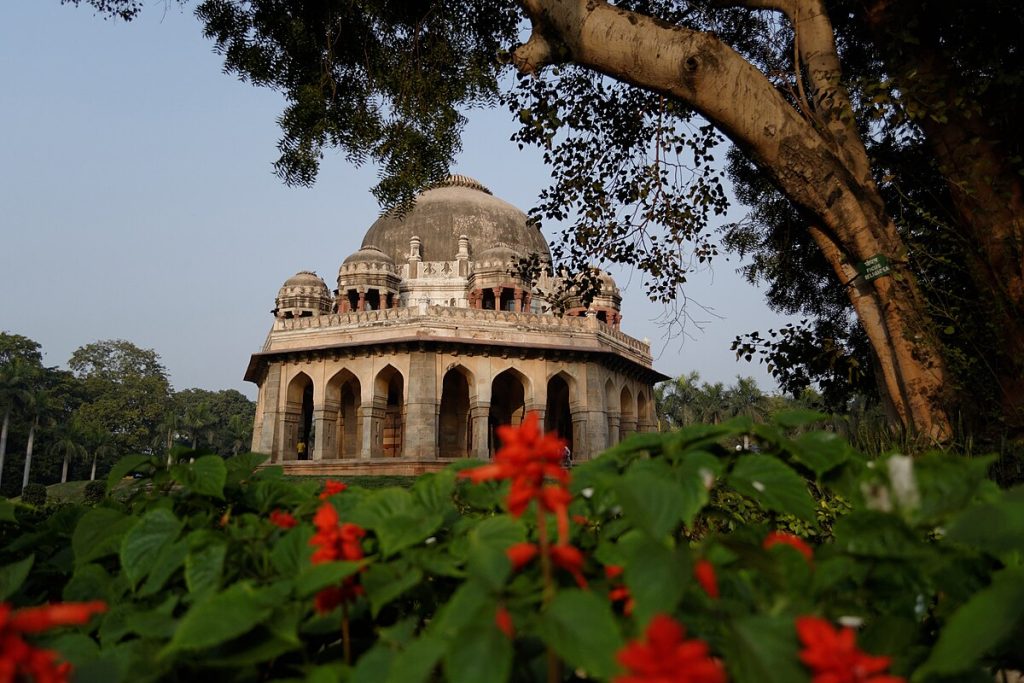
Located within the serene Lodhi Gardens, Lodhi Tomb is the final resting place of the 15th-century ruler Sikander Lodi. The gardens also house other tombs from the Lodi dynasty. The tombs reflect a blend of Islamic and Hindu architectural styles, surrounded by beautifully landscaped gardens, making it a popular spot for locals and tourists alike.
Timings: Daily, Sunrise to Sunset
Entry Fee: Indians ₹20, Foreigners ₹200
Location: Lodhi Gardens, Lodhi Estate, New Delhi
Hauz Khas Fort
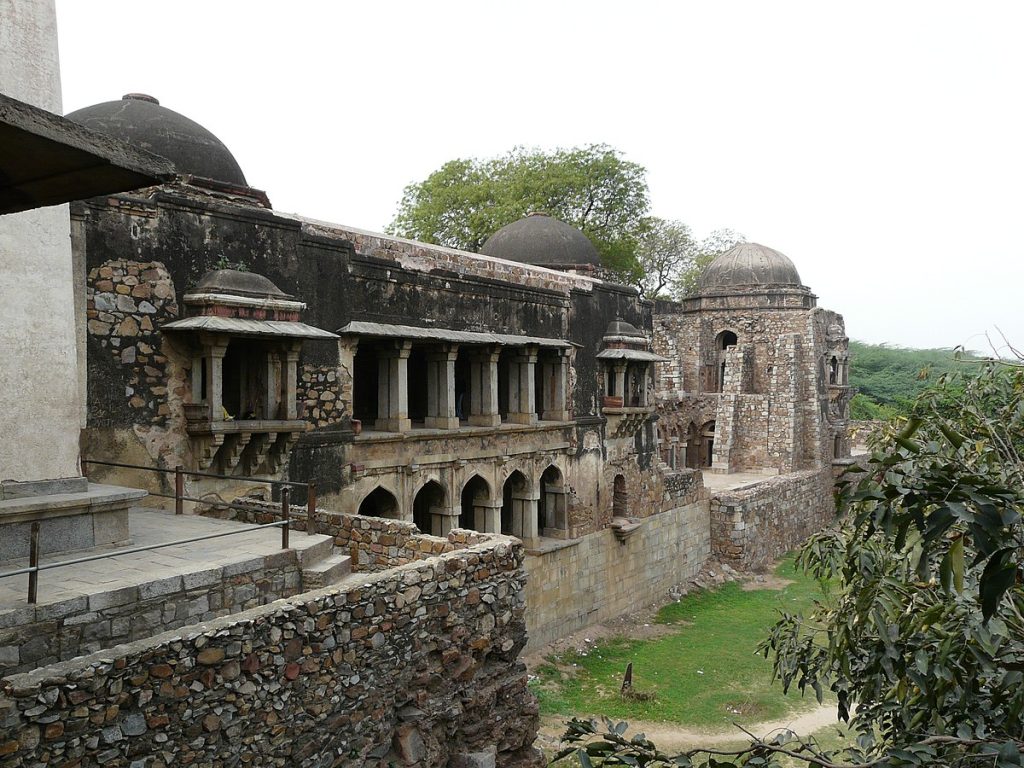
Hauz Khas Fort, established in the 13th century by Alauddin Khilji, is part of the Hauz Khas Complex which includes a large water reservoir, an Islamic seminary, and pavilions. The fort and its surrounding area were significant during the Delhi Sultanate. Today, the ruins offer a peaceful escape amidst the bustling city, surrounded by trendy cafes and boutiques.
Timings: Daily, Sunrise to Sunset
Entry Fee: Free
Location: Hauz Khas Village, New Delhi
Feroz Shah Kotla
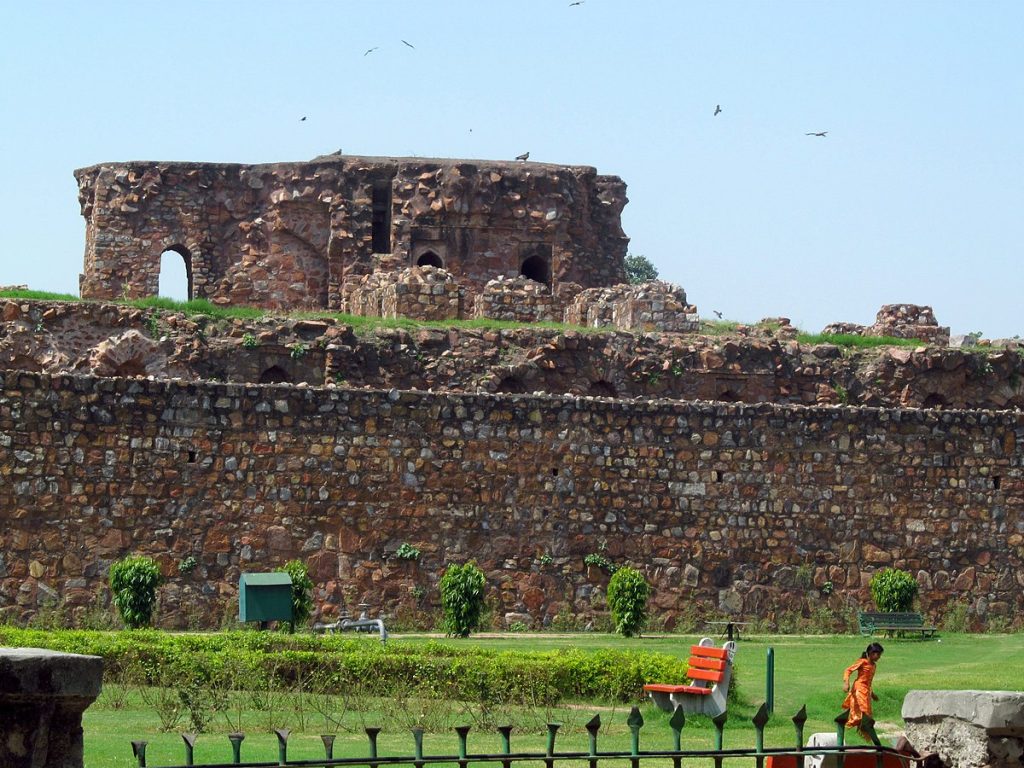
Built by Sultan Feroz Shah Tughlaq in the 14th century, Feroz Shah Kotla is known for its fortress ruins and the Ashokan Pillar, which was moved here from Topra in Haryana. The site offers insights into the Tughlaq dynasty’s architectural style and their efforts to integrate earlier cultural and religious elements.
Timings: Daily, Sunrise to Sunset
Entry Fee: Indians ₹20, Foreigners ₹200
Location: Bahadur Shah Zafar Marg, New Delhi
Safdarjung Tomb
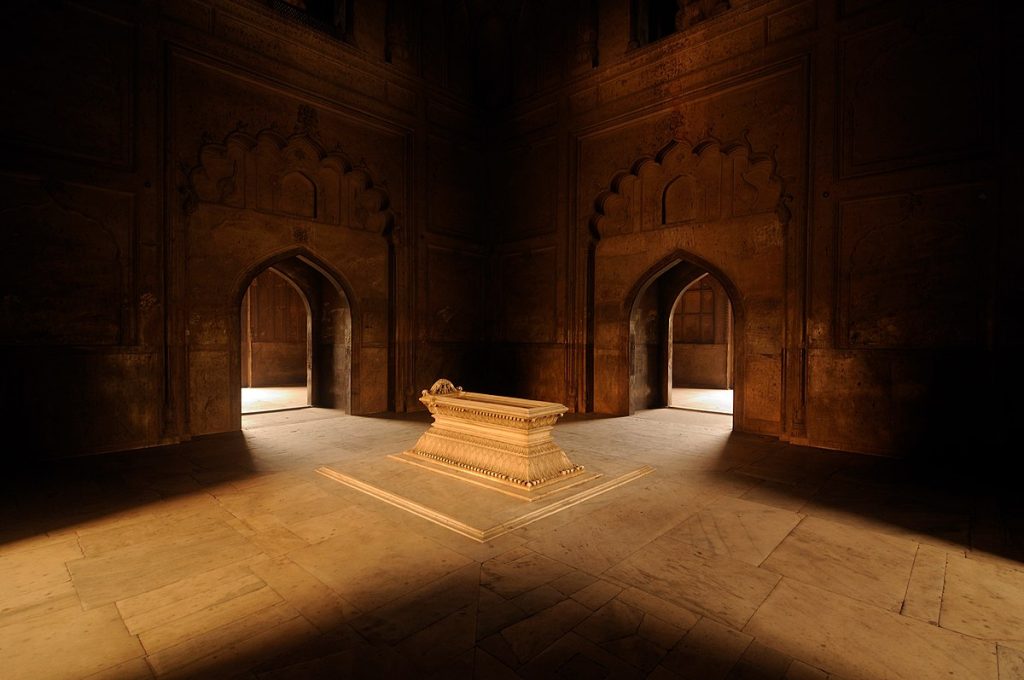
Constructed in 1754, Safdarjung Tomb is a Mughal mausoleum built for Nawab Safdarjung. It represents the last phase of Mughal architecture and is often considered a smaller counterpart to Humayun’s Tomb. The tomb is set in the middle of a large garden with fountains and pathways, reflecting the grandeur of Mughal garden-tombs.
Timings: Daily, 9:00 AM to 5:00 PM
Entry Fee: Indians ₹15, Foreigners ₹200
Location: Safdarjung Enclave, New Delhi
India Gate
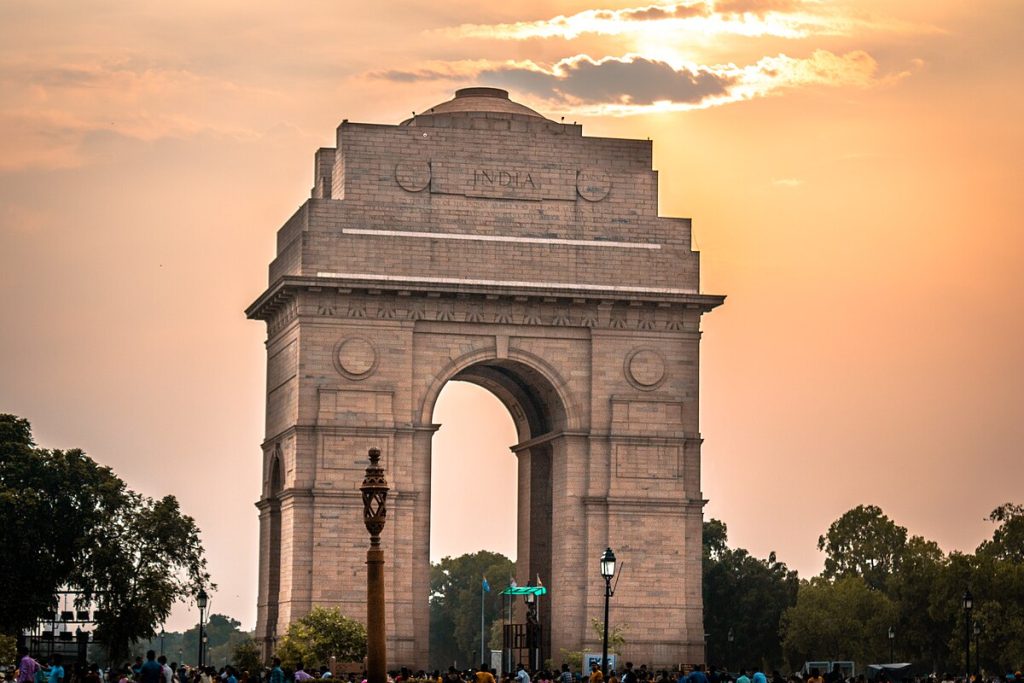
India Gate, completed in 1931, is a war memorial designed by Sir Edwin Lutyens. It honors the 70,000 Indian soldiers who lost their lives fighting for the British Army during World War I. The structure stands prominently at Rajpath and is a major site for national ceremonies, including the Republic Day parade.
Timings: Open 24 hours
Entry Fee: Free
Location: Rajpath, New Delhi
Rashtrapati Bhavan
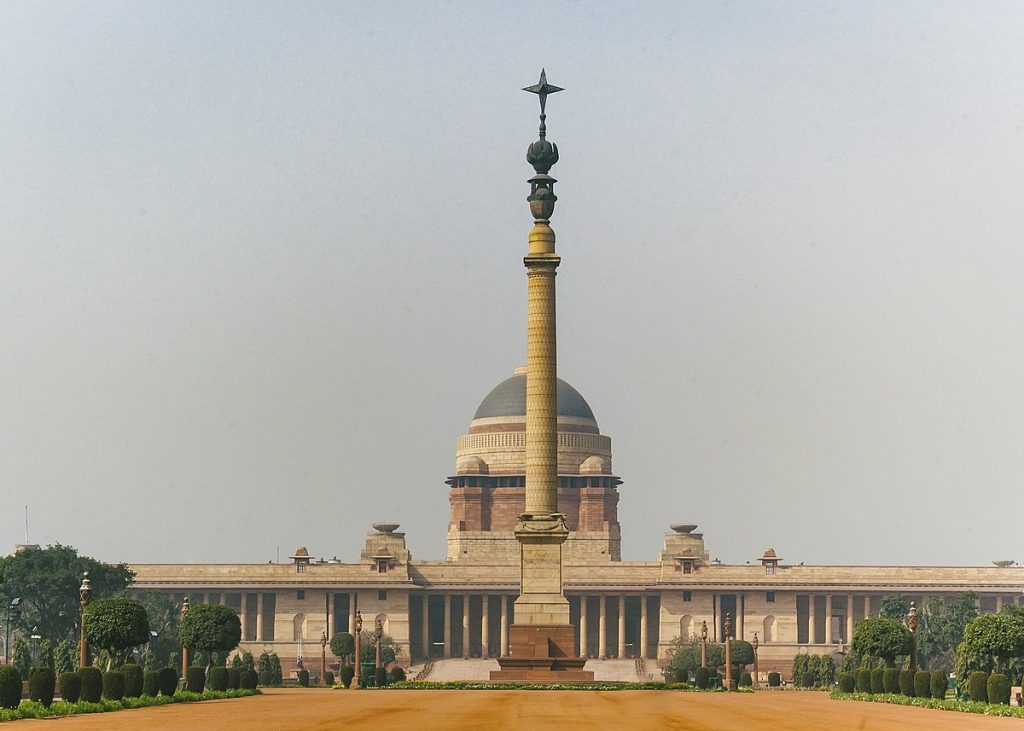
Rashtrapati Bhavan, built between 1912 and 1929, serves as the official residence of the President of India. Designed by Sir Edwin Lutyens and Herbert Baker, it is one of the largest residences of any head of state in the world. The building is an architectural masterpiece combining Western and Indian styles, surrounded by the beautiful Mughal Gardens.
Timings: Thursday to Sunday, 9:00 AM to 4:00 PM
Entry Fee: Indians ₹50, Foreigners ₹50
Location: President’s Estate, New Delhi
Tughlaqabad Fort

Tughlaqabad Fort, built by Ghiyas-ud-din Tughlaq in 1321, is a massive stone fortification that once served as the capital of the Tughlaq dynasty. The fort is known for its imposing walls, large bastions, and the tomb of Ghiyas-ud-din Tughlaq himself. Though in ruins, it remains a testament to the military ingenuity of the era.
Timings: Daily, Sunrise to Sunset
Entry Fee: Indians ₹25, Foreigners ₹300
Location: Tughlaqabad, New Delhi
Lotus Temple
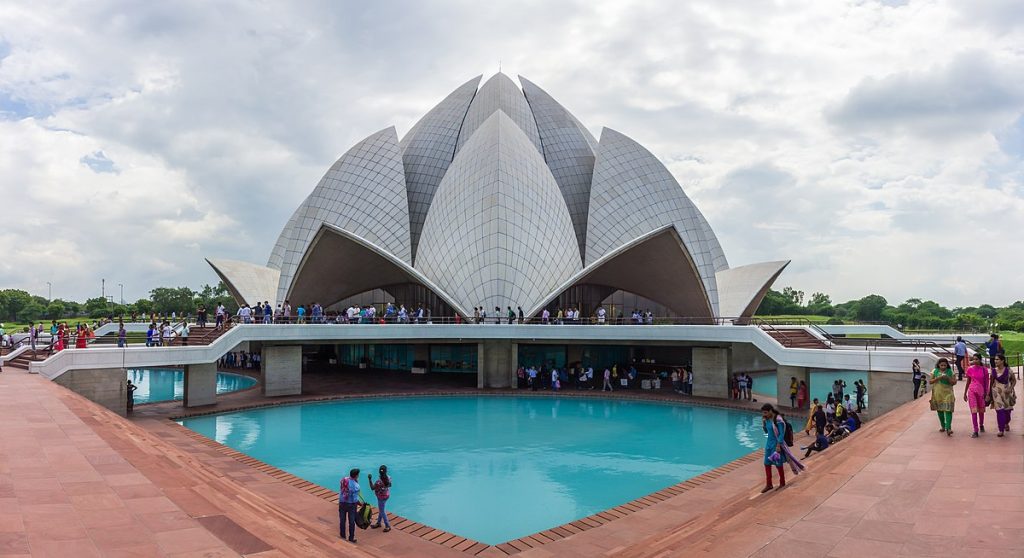
Completed in 1986, the Lotus Temple is a Bahá’í House of Worship known for its flower-like architecture. It is open to people of all religions for worship and meditation. The temple’s serene ambiance and striking design, featuring 27 marble-clad petals, make it a significant symbol of unity and peace.
Timings: Tuesday to Sunday, 9:00 AM to 5:00 PM
Entry Fee: Free
Location: Bahapur, Kalkaji, New Delhi
Things to Do In & Around These Monuments
Each historical monument in Delhi offers a unique experience:
- Photography: Capture the stunning architecture and surroundings.
- Heritage Walks: Explore adjacent areas and learn about Delhi’s history.
- Cultural Programs: Attend cultural events and performances.
- Shopping: Visit local markets for souvenirs and traditional crafts.
- Dining: Enjoy local cuisine at nearby restaurants and eateries.
Best Time to Visit Historical Monuments in Delhi
The ideal time to visit Delhi’s historical monuments is from October to March when the weather is pleasant and suitable for outdoor exploration. Avoid visiting during the scorching summer months (April to June) when temperatures can soar, making sightseeing uncomfortable.
Places to Eat Nearby
Delhi offers a diverse culinary scene. Here are some dining options near the historical monuments:
- Karim’s: Near Jama Masjid, renowned for Mughlai cuisine.
- Paranthe Wali Gali: Near Red Fort, famous for stuffed parathas.
- Al Jawahar: Near Jama Masjid, known for its Mughlai dishes.
- Nizam’s Kathi Kabab: Near Humayun’s Tomb, famous for kebabs.
- United Coffee House: Near Agrasen Ki Baoli, offering a blend of Indian and Continental dishes.
FAQ about Historical Monuments in Delhi
What are the top historical monuments in Delhi to visit?
Delhi boasts several iconic monuments, including the Red Fort, Qutub Minar, Humayun’s Tomb, and India Gate, each offering a unique glimpse into India’s history and architectural splendor.
Are there any entry fees for these monuments?
Yes, most historical monuments in Delhi charge entry fees, which vary for Indian and foreign visitors. Some monuments like Agrasen Ki Baoli and Lodhi Tomb have free entry.
When is the best time to visit Delhi’s historical monuments?
The best time to visit is from October to March when the weather is pleasant, ideal for outdoor exploration. Summers (April to June) can be extremely hot, while monsoons (July to September) bring occasional showers.
Can I take photographs inside these monuments?
Photography is usually permitted at most monuments, though there may be restrictions in certain areas or a fee for using cameras.
Are guided tours available at these sites?
Yes, many historical monuments in Delhi offer guided tours that provide deeper insights into their history, architecture, and cultural significance.
Are there places to eat near these historical monuments?
Yes, Delhi offers a plethora of dining options near its historical sites, ranging from street food stalls to fine dining restaurants, catering to various tastes and budgets.
This comprehensive guide to historical monuments in Delhi for 2024 aims to enrich your visit with practical information and insider tips. Explore Delhi’s cultural heritage, delve into its past, and immerse yourself in the grandeur of these architectural marvels. Whether you’re a first-time visitor or a seasoned explorer, let Delhi’s monuments captivate your imagination and leave you with lasting memories of India’s capital city.
If you’re fascinated by India’s architectural wonders like stepwells, don’t miss out on exploring our blog post Top 10 Most Beautiful Stepwells in India: Ultimate Travel Guide. Discover the hidden gems of India’s historical water structures and plan your next adventure with Cosmosnapshot! Check out the full article here.
